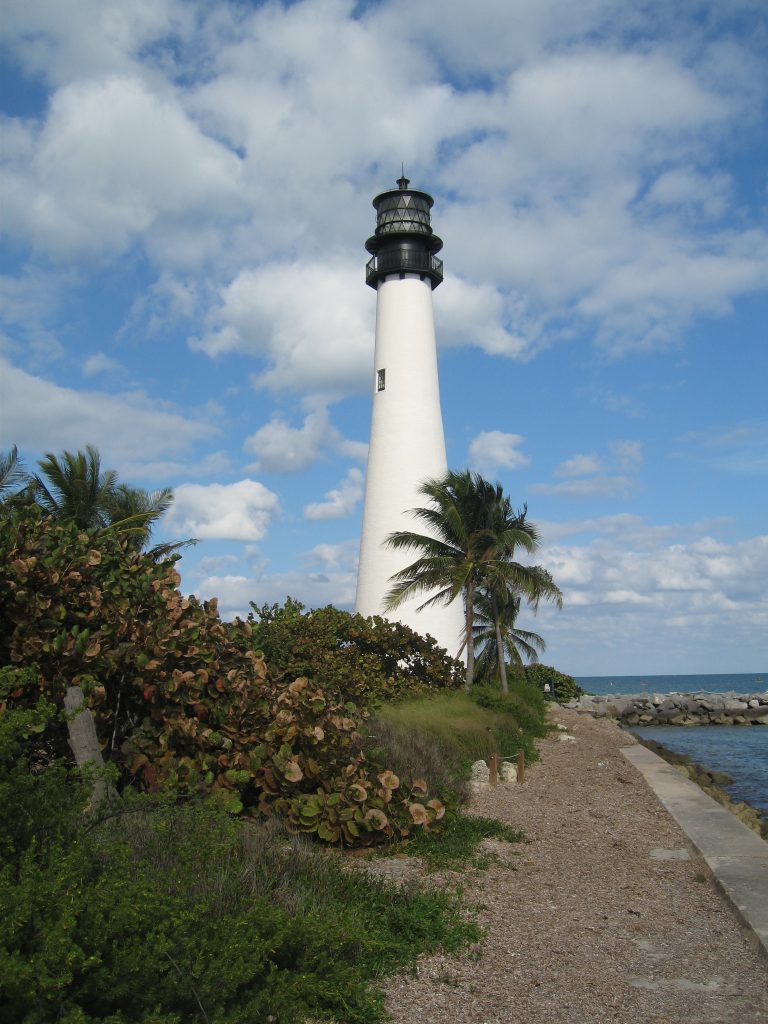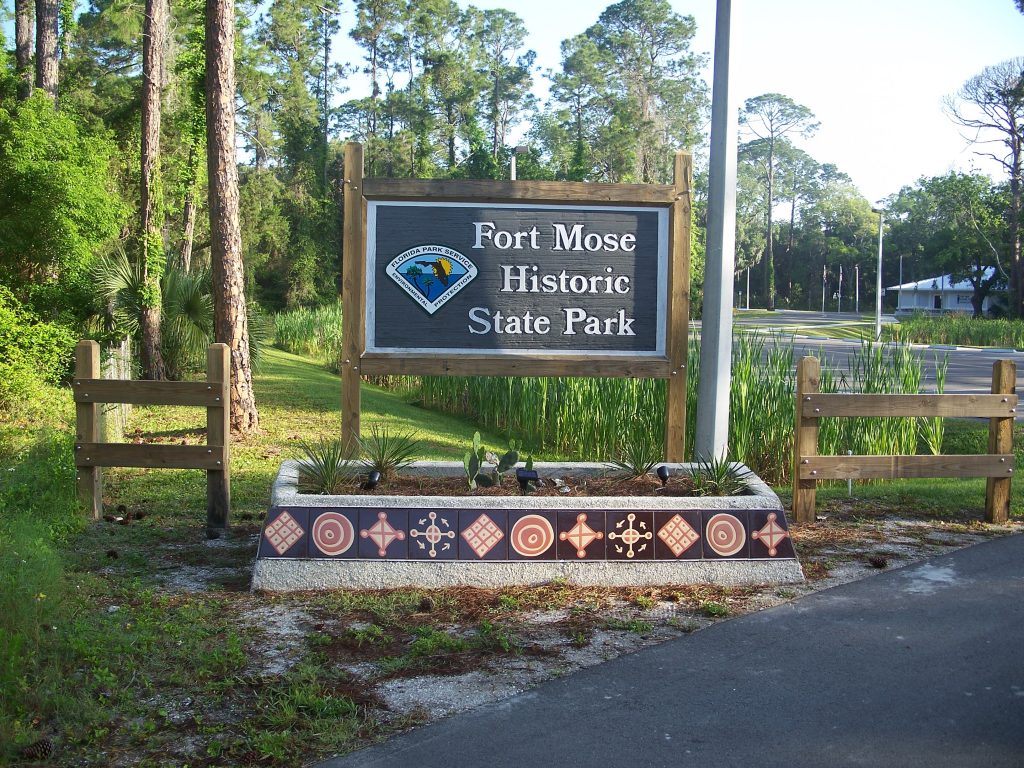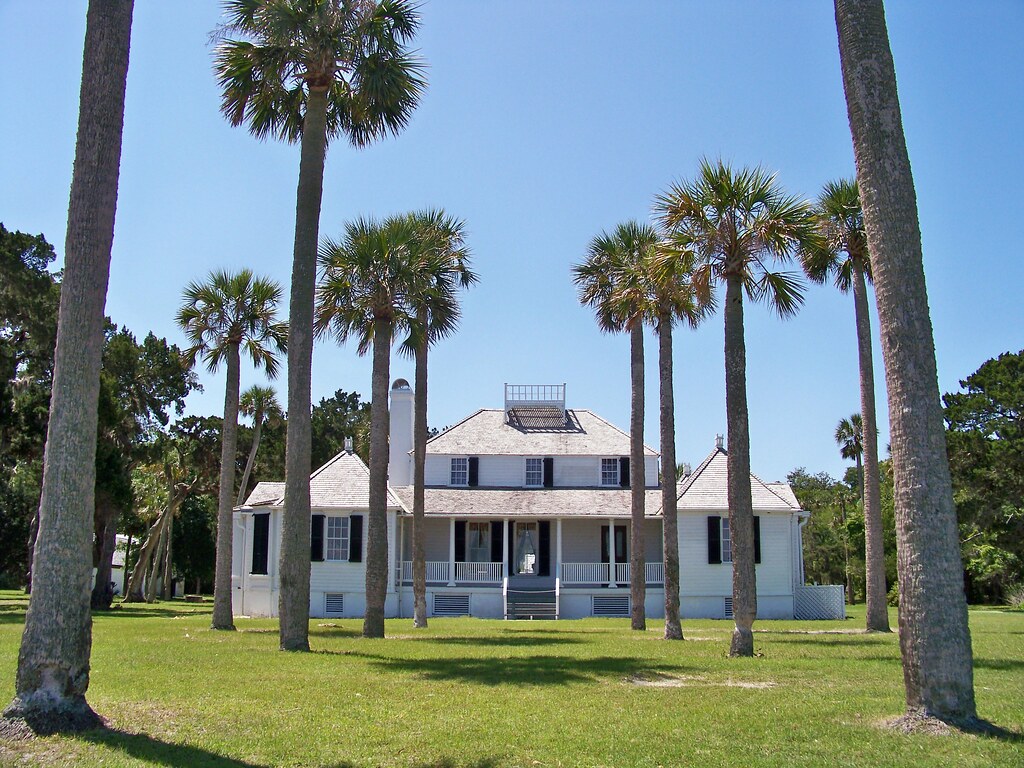It’s Black History Month and across Florida, there are many places to visit and learn about Black Floridians’ communities and experiences.
Florida has a deep history of enslavement, and these dark times are memorialized in public parks and historic sites across the state. While we’ll never know the true magnitude of the slave experience, (slaves were barred and punished for reading and writing, and thus could not record their stories) we can get a small look into their lives during and after slavery existed in Florida’s plantation period (1763-1865).
Compared to the brutality of the British colonies, Spanish Florida served as a refuge for escaped slaves, offering them opportunities for a new life. Across the country, slaves were breaking out of bondage – taking rightful advantage of the ongoing battles between English and Spanish interests in the New World. After escaping enslavement in British colonies, the first freedom seekers arrived to the Northeast Florida coast in 1687. On foot, the first escapees, including eight men, two women, and a three-year-old child, fled through swamps and forests, meeting Native Americans on their way. Together, they effectively created the first underground railroad. By 1738, their community consisted of more than 100 freedom seekers, and in that year, their town, Gracia Real de Santa Teresa de Mose, was constructed. The United States’ first free black community- Fort Mose – was born. The new community thrived and created a new cultural mix of Native American, Spanish, and English customs. For their freedom, they made an offer: conversion to Catholicism and a term of military service. Their militia was led by Captain Francisco Menéndez, a formerly enslaved African, and the militia valiantly protected St. Augustine from attacks during the ongoing battles between Spain and England. Their victory was short-lived and their freedom was once again stolen when Florida fell into English hands in 1763. The fort was abandoned as its residents sought safety in Spanish Cuba. In 1994, the site was designated as a National Historic Landmark and was listed on the National Register of Historic Places.
Nearby Fort Mose is Kingsley Plantation, preserved today at the Timucuan Ecological and Historic Preserve. Zephaniah Kingsley and his family lived in the 32,000 acres area for more than 20 years and owned more than 200 slaves. Kingsley was married to his former slave, Anna Madgigine Jai, who he freed in 1811.
Anna actively participated in plantation management. She left very little personal writings and her story is largely left untold. Jai grew up in Senegal and survived the Middle Passage and brutal slave markets in Havana, Cuba. She married Kingsley when she was eighteen. While managing the plantation, she raised her and Kingsley’s four children. In 1813, she was granted five acres on the St. Johns River, across the river from Kingsley’s land. She purchased livestock and built her business selling goods to neighboring settlers.
During the early 1800s, Florida was controlled by Spain. Spanish race policies encouraged manumission (release from slavery) and self-purchase. In Spanish Florida, free Blacks held certain rights and privileges and they had opportunities to take an active part in the economic development of the colony.
This would soon come to an end as American forces raided the Northeast coast of Spanish Florida. As the Americans approached Anna’s property, she lit her land and home on fire and fled with her children and slaves on a Spanish gunboat. After the incident, the Kingsley’s moved to nearby Fort George Island, a thousand-acre paradise where Anna spent the next twenty-three years of her life. In 1837 as racial tensions and discrimination of free Blacks heightened, Anna and her family left Florida for the newly-independent Black republic of Haiti.
Formerly enslaved Blacks created new lives in Florida, but their survival as a community was always under the threat of being taken away by British and American forces. Between 1812 and 1821, a community of nearly 800 escaped slaves settled in modern-day Manatee County. This group, called Angola, thrived along the Manatee River and Sarasota Bay, sharing the freshwater Manatee Mineral Spring with the Seminoles. Researchers recently learned more about this group during a January excavation of Manatee Mineral Spring Park. “People looking for freedom in Spanish Florida came to the Manatee River. They had been enslaved, some had been born in freedom in Spanish Florida,” said Dr. Uzi Baram, Professor of Anthropology at New College of Florida and Director of the New College Public Archaeology Lab. The community was eventually lost as Florida was transferred to U.S. control with General Andrew Jackson as its military governor. Jackson strived to rid Florida of armed Blacks, leading to raids and destruction of Angola and Native American settlements. Many of Angola’s residents escaped to the Andros Island in the Bahamas, where their descendants live today.
In the case of Anna Madgigine Jai, the settlers of Fort Mose, and the Angolans, Florida was used as a stepping point to freedom found in the Carribean. One such stopping point is preserved at Bill Baggs Cape Florida Lighthouse State Park on Key Biscayne. As the southernmost point of the underground railroad, Cape Florida served as a beacon for those seeking freedom. The southern tip of Key Biscayne served as a secret meeting place and port for runaway slaves and Black Seminoles. Here, they waited to join up with sea captains or board Native American dugouts and set sail for safety in the British Bahamas. In September 2004, Cape Florida was designated a National Underground Railroad Network to Freedom Site.
When we preserve our historic places, we honor both our past and future. Conserved lands give us a glimpse into our shared past and uncover long-forgotten stories that need to be told. During Black History Month and all year long, learn about the people and places that inspire us today.





